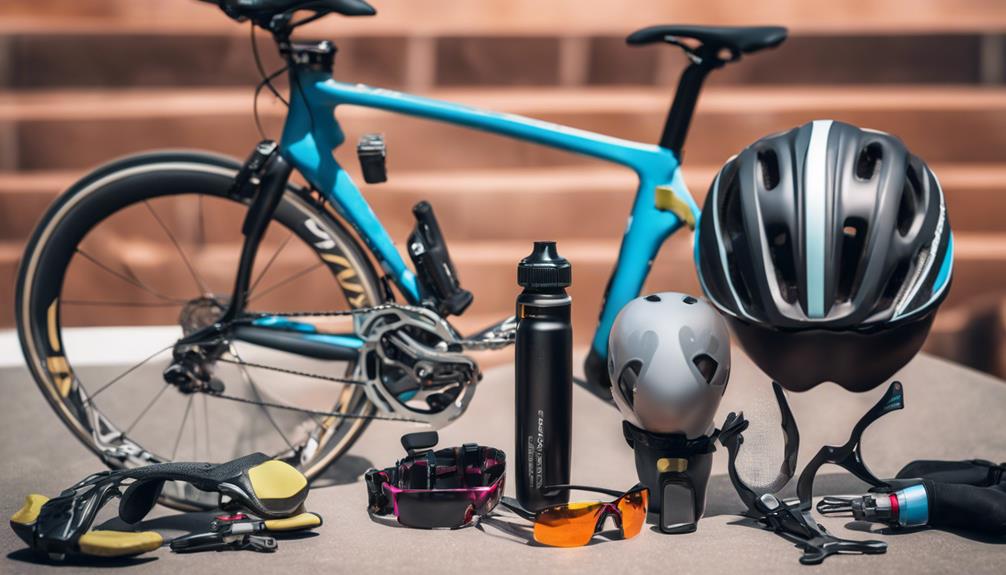Mountain biking has evolved over the years, leading to various bike types designed to cater to different terrains and riding styles. Among these, the single speed mountain bike has gained popularity for its simplicity, efficiency, and unique riding experience. In this article, we will explore the advantages, disadvantages, and practical considerations of single speed mountain bikes, providing you with a comprehensive understanding of this cycling option.
What is a Single Speed Mountain Bike?
A single speed mountain bike is a type of bicycle that features only one gear ratio. Unlike traditional mountain bikes that come equipped with multiple gears, a single speed bike relies solely on the rider’s effort and pedaling technique to conquer various terrains. This design results in lighter weight, reduced complications, and a more direct connection between rider and bike.
Advantages of Single Speed Mountain Bikes
Single speed mountain bikes present several compelling advantages, making them an attractive option for many cyclists:
- Simplicity: With fewer components, single speed bikes are easier to maintain and repair. There’s no need to fuss over gear adjustments or complex derailleur systems.
- Weight: The absence of multiple gears and components means single speed mountain bikes are often lighter than their geared counterparts. This can enhance performance, especially during climbs.
- Cost-Effective: Generally, single speed bikes are more affordable due to their simpler design and reduced number of parts. This makes them accessible for new cyclists or those on a budget.
- Efficiency: Riders develop a more consistent pedaling rhythm, which can enhance overall riding efficiency, especially on flat terrain.
- Durability: With fewer moving parts, single speed bikes tend to experience fewer mechanical failures. This can lead to a longer lifespan with proper care.
Disadvantages of Single Speed Mountain Bikes
While there are notable benefits, single speed mountain bikes also come with certain drawbacks:
- Limited Versatility: The lack of gear options can make it challenging to tackle steep climbs or varied terrains. Riders may find themselves struggling in situations where a geared bike would excel.
- Physical Demand: Single speed bikes require more effort on the rider’s part, especially on inclines or rough terrain, which can lead to fatigue during extended rides.
- Less Control: Riders have less control over their speed and cadence, which can be a disadvantage in technical riding scenarios or when navigating challenging trails.
Who Should Consider a Single Speed Mountain Bike?
Single speed mountain bikes are ideal for certain types of riders and conditions:
- Urban Riders: Cyclists who primarily ride in flat urban environments may benefit from the efficiency and simplicity of a single speed bike.
- Casual Riders: Those looking for a bike for leisurely rides or short trails may appreciate the low maintenance and ease of use.
- Minimalists: Riders who prefer a straightforward biking experience without the complications of gears may find joy in a single speed setup.
- Fitness Enthusiasts: The physical demands of a single speed bike can serve as an excellent workout for those looking to improve their fitness levels.
Choosing the Right Single Speed Mountain Bike
When selecting a single speed mountain bike, several factors come into play:
- Frame Material: Common materials include aluminum, steel, and carbon fiber. Each has its pros and cons regarding weight, durability, and ride quality.
- Geometry: The bike’s geometry affects handling and comfort. A more relaxed geometry may be better for casual riders, while aggressive geometry benefits those who prioritize speed.
- Tire Size: Wider tires provide better traction and stability on rough terrain, whereas narrower tires may be more suitable for smoother paths.
- Braking System: Options include rim brakes and disc brakes. Disc brakes generally offer better performance in wet or muddy conditions.
Real-World Examples and Case Studies
Several cyclists have shared their experiences and insights regarding single speed mountain bikes:
- The Commuter: John, a city commuter, opted for a single speed mountain bike to navigate city streets and occasional bike trails. He praises the bike’s low maintenance and light weight, which allows him to easily maneuver through traffic.
- The Trail Enthusiast: Sarah, an avid mountain biker, initially struggled with steep climbs on her single speed bike. However, she noted significant improvements in her fitness levels and riding technique as she adapted her style to the bike.
- The Minimalist: Alex, who prefers a straightforward biking experience, enjoys the simplicity of his single speed bike. He often rides it on flat trails and finds it to be a reliable companion for leisurely rides.
Where to Ride Your Single Speed Mountain Bike
Single speed mountain bikes can be versatile in terms of riding locations. Here are some optimal terrains:
- Paved Trails: Great for urban environments where efficiency and speed are essential.
- Flat Gravel Paths: Ideal for those looking to enjoy a leisurely ride without the challenges of steep inclines.
- Beginner Mountain Trails: Suitable for less technical trails where the terrain isn’t excessively hilly.
Conclusion
Single speed mountain bikes represent a unique and exciting option for cyclists seeking simplicity and efficiency. While they may not suit every rider or terrain, they offer a range of benefits that can enhance the biking experience for those aligned with their characteristics. As you consider your cycling needs, weigh the advantages and disadvantages of a single speed bike and explore the various models available. With the right choice, you might find that a single speed mountain bike is exactly what you need to elevate your riding adventures.
Ultimately, whether you’re an urban commuter, a casual rider, or a fitness enthusiast, understanding the dynamics of single speed mountain bikes will empower you to make informed decisions and enjoy the ride to its fullest.
